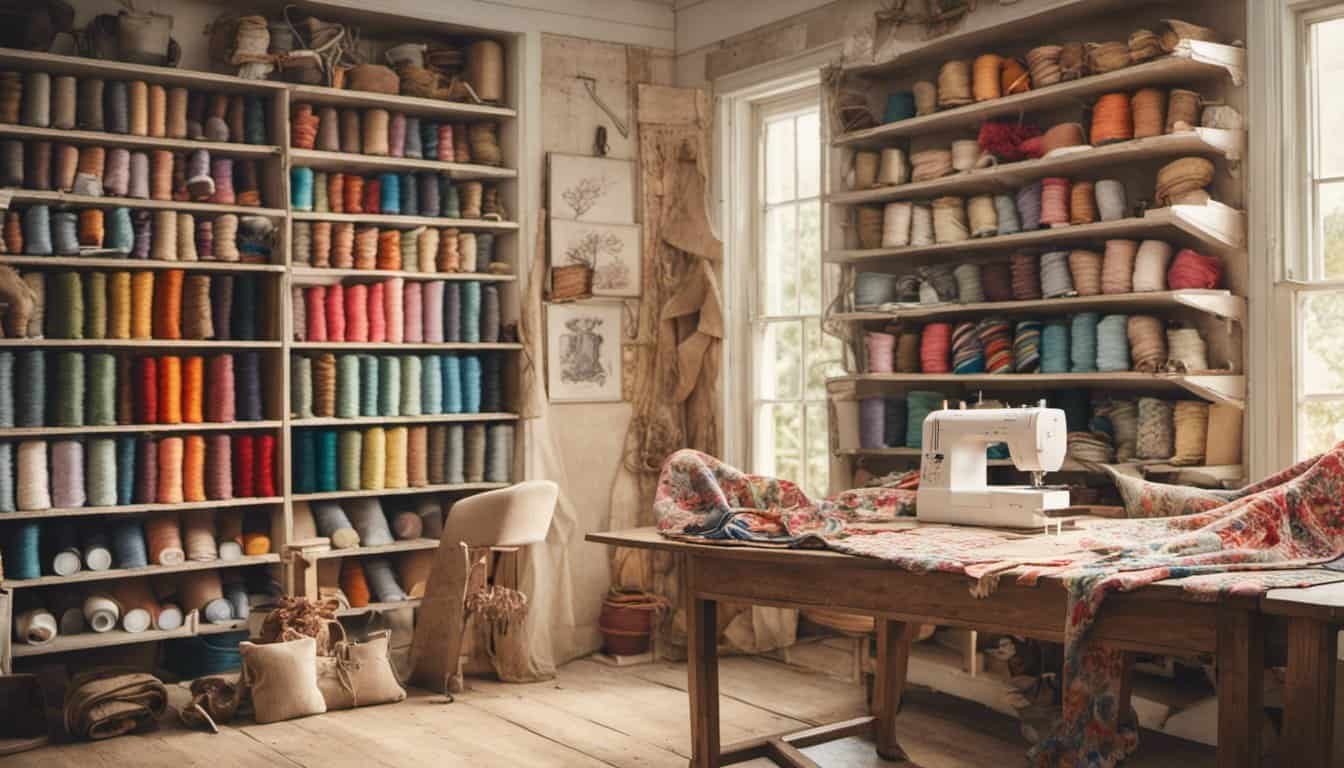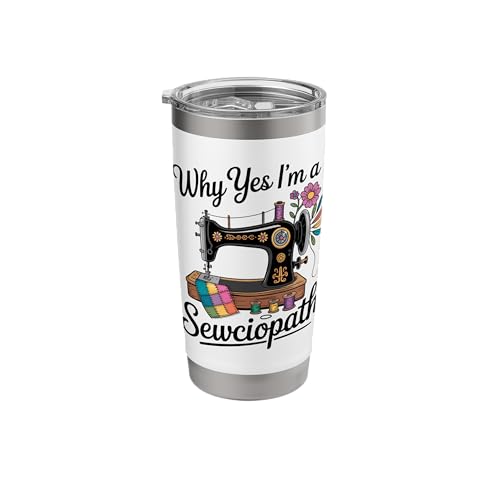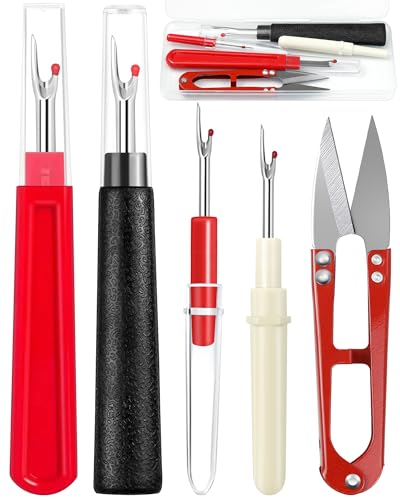Imagine packing your child’s lunch without reaching for disposable plastic bags. Sewing reusable snack bags is a simple, eco-friendly way to reduce waste and add a personal touch to your daily routine. Not only do these bags help the environment, but they also offer durability and style that single-use options just can’t match.
With just a few materials and some basic sewing skills, you can create colorful and functional bags tailored to your needs. Whether you’re new to sewing or looking to expand your crafting repertoire, making your own snack bags is a rewarding project. Plus, you’ll enjoy the satisfaction of knowing you’re making a positive impact on the planet, one stitch at a time.
Benefits of Sewing Reusable Snack Bags
Sewing reusable snack bags offers numerous advantages that go beyond reducing waste. By choosing to create your own, you enjoy both environmental and financial benefits.
Environmental Impact
Reusable snack bags significantly decrease plastic waste by replacing single-use alternatives. Each bag you sew reduces the demand for disposable plastic, lessening landfill burden and ocean pollution. Additionally, using eco-friendly fabrics like organic cotton or recycled materials further minimizes your carbon footprint. Choosing durable materials ensures longevity, meaning fewer bags end up discarded over time.
Cost Savings
Investing time in sewing your own snack bags leads to substantial savings. The initial cost of materials is offset by the long-term use of each bag, eliminating frequent purchases of disposable options. For example, a pack of disposable bags might cost $10 annually, whereas a set of handmade reusable bags can cost around $20 but lasts several years. Customizing your bags also allows you to create unique designs without the premium prices of branded alternatives, maximizing your budget while maintaining style and functionality.
Choosing the Right Materials
Selecting the right materials ensures your snack bags are durable, safe, and eco-friendly. Focus on sustainability and functionality to create effective reusable options.
Selecting Sustainable Fabrics
Choose fabrics that are non-toxic, easy to clean, and have minimal environmental impact. Organic cotton, recycled polyester, and bamboo fabrics are excellent options. These materials offer durability and resistance to stains, making them ideal for daily use. Additionally, opt for fabrics with water-resistant qualities or consider adding a silicone or beeswax lining for enhanced protection against spills.
Essential Sewing Tools
Equip your sewing space with the necessary tools to streamline the bag-making process. Essential tools include:
- Sewing machine: A reliable machine with adjustable settings.
- Fabric scissors: High-quality scissors for precise cutting.
- Pins and pincushion: To hold fabric pieces together securely.
- Measuring tape: For accurate measurements.
- Thread: Strong, matching thread suitable for your chosen fabric.
- Iron and ironing board: To press seams and ensure a clean finish.
- Pattern templates: Pre-designed patterns to guide your cutting and sewing.
Having these tools ready facilitates efficient and accurate construction of your reusable snack bags.
Step-by-Step Sewing Guide
Follow these precise steps to create your own reusable snack bags. Each stage ensures durability and functionality for everyday use.
Preparing and Cutting Fabric
- Measure Fabric
Cut two rectangles measuring 12 inches by 6 inches from your chosen fabric. Select a durable, washable material like organic cotton or recycled polyester.
- Cut Cotton Twill
Prepare a 12-inch by 6-inch piece of cotton twill for the lining. This layer adds water resistance and protects contents from spills.
- Trim Edges
Neatly trim all fabric edges to eliminate fraying. Use sharp fabric scissors for clean cuts.
- Mark Sewing Lines
Use fabric chalk to mark a 0.5-inch seam allowance around each edge of both outer fabric pieces and the lining.

Assembling the Snack Bags
- Layer Fabrics
Place the two outer fabric pieces right sides together. Align edges precisely to ensure an even seam.
- Sew Side Seams
Stitch along the marked seam lines, maintaining a consistent 0.5-inch distance from the edge. Backstitch at the beginning and end to secure.
- Attach Lining
Place the cotton twill lining inside the sewn outer layers, ensuring edges match. Sew along the top edge, leaving a small gap for turning.
- Turn and Iron
Carefully turn the bag right side out through the gap. Use an iron to press seams flat, enhancing the bag’s appearance and structure.
- Topstitch Closure
Close the gap by stitching near the top edge. Add a fabric loop and button or Velcro closure for easy opening and secure closure.
- Finalize Details
« Discover How Sewing a Zero-Waste Tote Bag Can Transform Your Style and Save the Planet
10 Amazing Ways to Upcycle Sweaters into Mittens You Need to Try »
Trim any excess threads and reinforce seams if necessary. Your reusable snack bag is now ready for use.
Design and Customization Tips
Enhance your reusable snack bags by personalizing their design and functionality. These tips help you create bags that suit your style and meet your needs.
Color and Pattern Choices
Select fabrics that reflect your personality and complement your child’s preferences. Choose solid colors for a classic look or opt for vibrant patterns such as stripes, polka dots, or floral designs. Mixing different textures like organic cotton with recycled polyester adds visual interest and durability. Consider using eco-friendly dyes to maintain the sustainability of your bags.
Adding Functional Features
Incorporate practical elements to increase the usefulness of your snack bags. Add zipper closures to secure contents and prevent spills. Install adjustable straps for easy carrying or attach handles for quick access. Include interior pockets for organizing utensils or small containers. Reinforce seams to ensure longevity, especially in frequently used areas. These features enhance the bag’s functionality and make it more convenient for everyday use.
Maintenance and Care
Proper maintenance ensures your reusable snack bags remain durable and functional. Follow these guidelines to care for your bags effectively.

Washing
Machine wash your bags with cold water on a gentle cycle. Turn them inside out to protect prints and linings. Use mild detergent to preserve fabric integrity.
Drying
Air dry your bags by laying them flat or hanging them. Avoid using a dryer, as high heat can weaken seams and materials.
Storing
Store bags in a clean, dry place when not in use. Fold them neatly or hang them to maintain their shape. Ensure bags are completely dry before storage to prevent mildew.
Minor Repairs
Address small tears or loose seams promptly. Use a needle and thread matching your fabric to reinforce seams. Apply fabric glue for quick fixes on non-sewn areas.
Regular Inspection
Inspect bags regularly for signs of wear and tear. Replace damaged parts immediately to extend the lifespan of your snack bags. Keep zippers and closures functioning smoothly by cleaning them periodically.

Preventing Stains
Wipe spills immediately to prevent stains from setting. Spot clean affected areas with a mild detergent and water mixture. Avoid using harsh chemicals that can degrade fabric quality.
Reinforcing Seams
Reinforce seams every six months to ensure structural integrity. Sew additional stitches at stress points to enhance durability. This proactive step minimizes the risk of larger damages over time.
Conclusion
Sewing your own reusable snack bags is a wonderful way to blend creativity with sustainability. You get to design something unique that fits your needs perfectly while making a positive impact on the environment. Imagine the pride you’ll feel using bags you crafted yourself every day. Plus you’re setting a great example for others to follow. Start your sewing journey today and enjoy the benefits of having stylish and eco-friendly snack bags that last. It’s a simple step that makes a big difference for you and the planet.

















